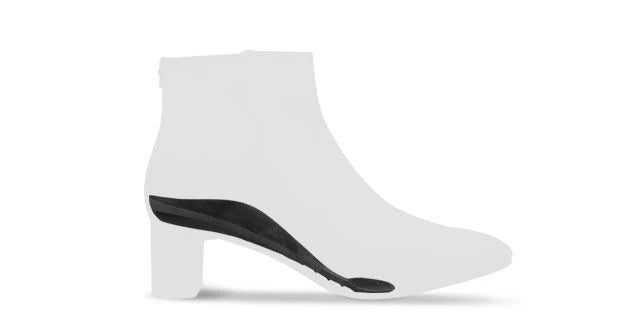Designed to conform to heels 2 ½ inches or higher with a non-removable insole.
Insoles for High Heels
A high heeled shoe is a classic style that, in some areas, is still seen as the standard for professional dress. While the width of the heel may change with trends, the height never seems to go down. And while we've all seen the television trope of the woman with her shoes off under her desk, rubbing her feet, the seemingly inevitable discomfort that comes with wearing heels doesn't seem to slow people down. But heels can do more damage than just a few hours of sore feet. Read more to find out why the style might not be worth the pain.
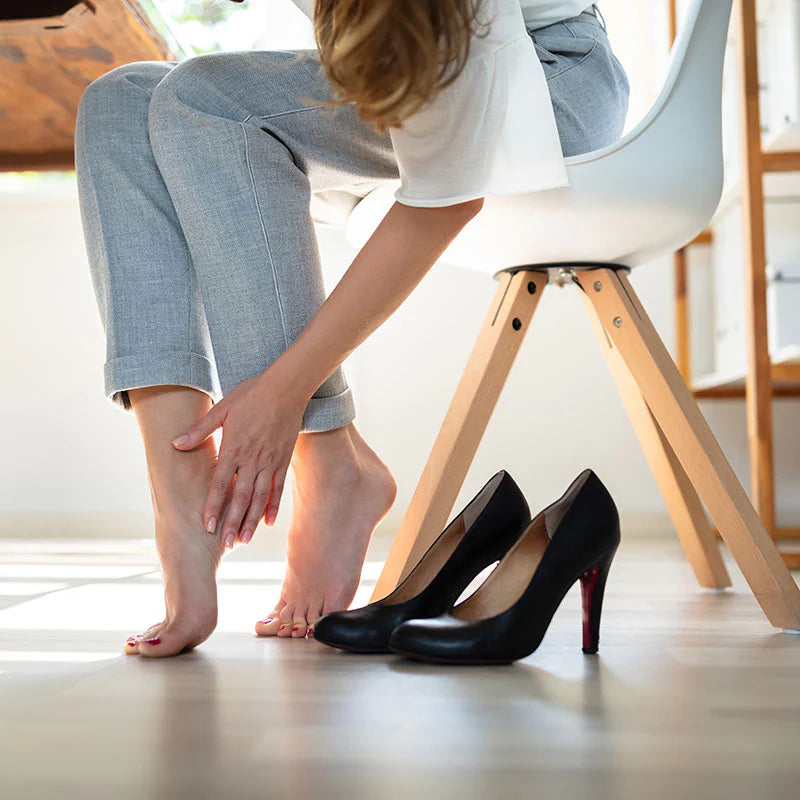

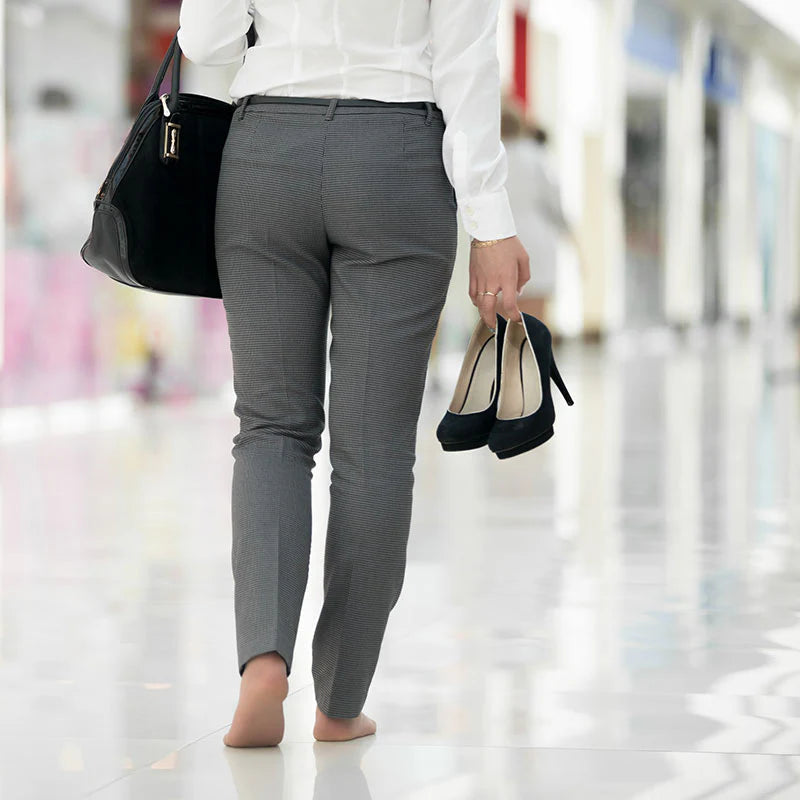

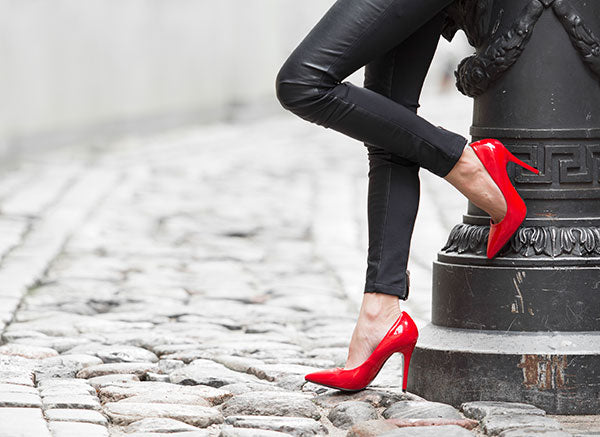
What are the best insoles for heels?
As we mentioned above, the relief that comes with inserts for high heels is all about pressure distribution. This means that simply putting some pads or foam under the forefoot might bring some added comfort at first but is unlikely to make a big difference when wearing your shoes all day. A high heel shoe insole will likely be most effective if it is a full-length insole that can provide arch support and distribute pressure away from the forefoot.
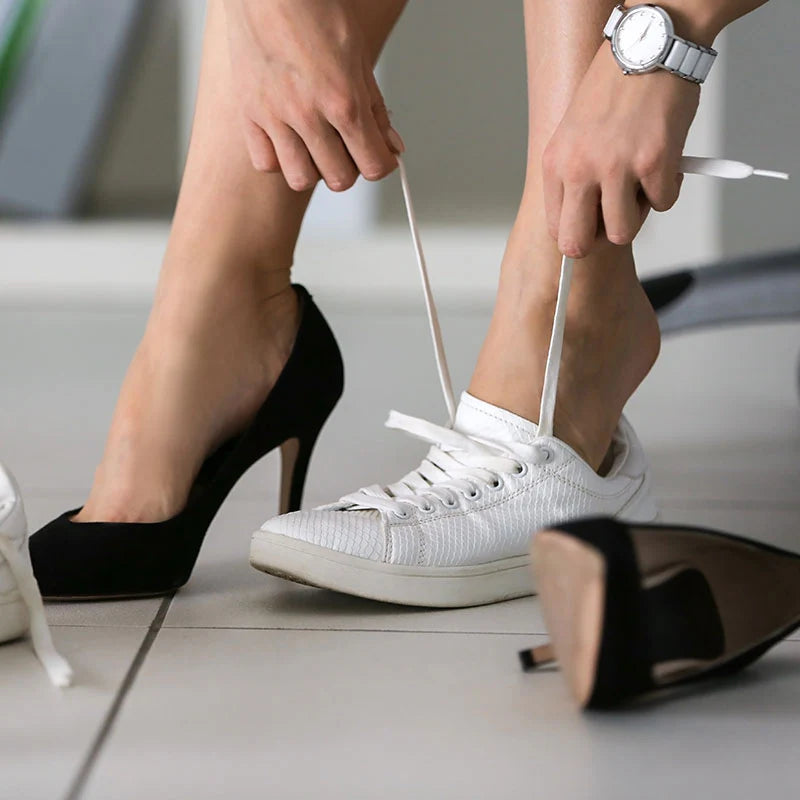
How can you get used to wearing high heels?
Unfortunately, wearing high heels more often is unlikely to make the experience more pleasant. In fact, there are other conditions associated with frequent high heel wear such as hammer toes, corns, and bunions. Really, your best option for comfort when wearing high heels is to find a good high heel insole, or shoes with built-in pressure distribution technology. It also helps to wear high heels only occasionally, or to have an alternate pair of shoes to commute in if high heels are an expectation in the office.

Our Guarantee
We back our product with a 90-day insole guarantee, hassle-free shipping, and best-in-class customer service.
